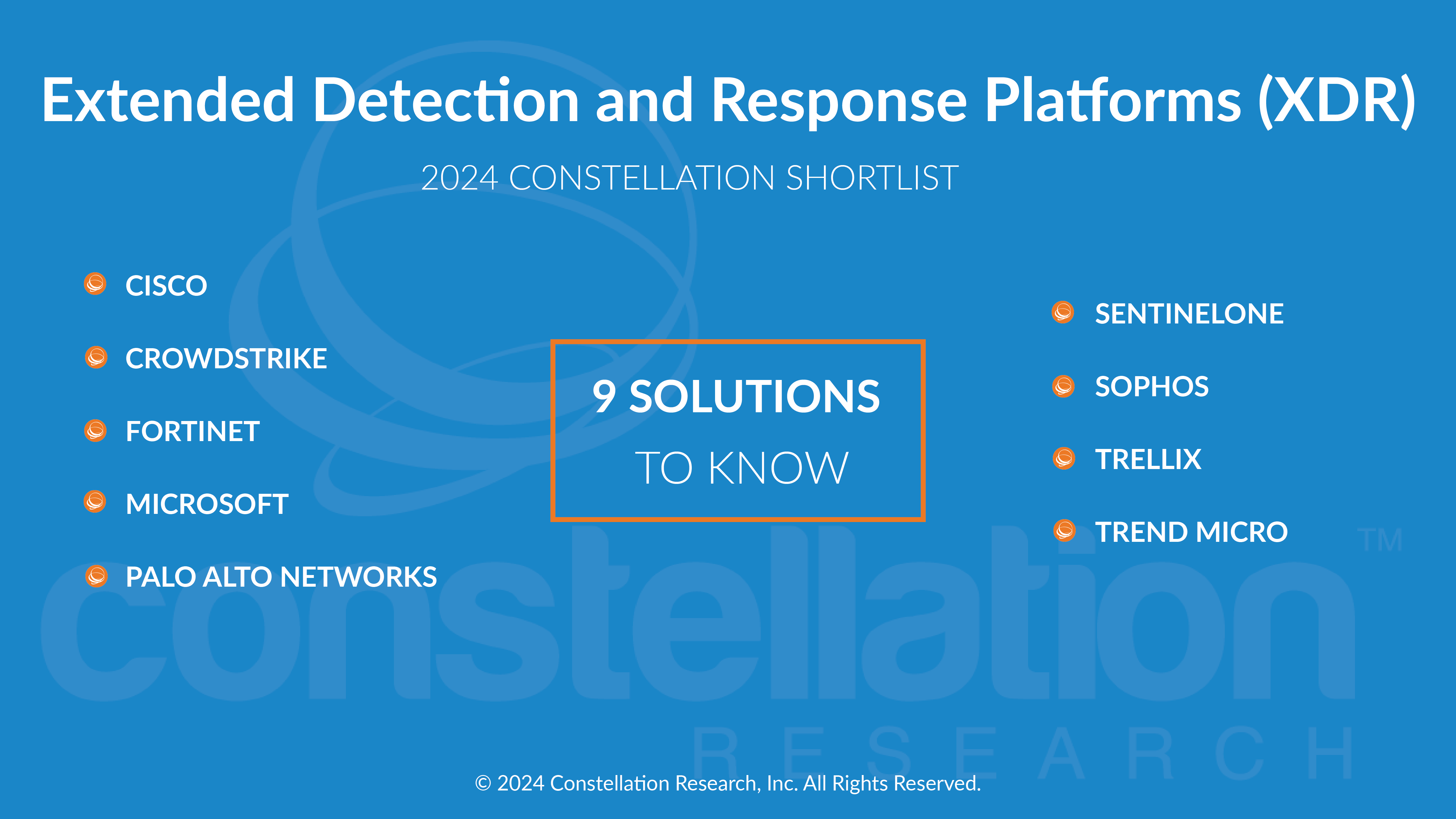
About This ShortList
In today's complex IT environment, siloed security tools leave blind spots that attackers exploit. Traditional security solutions often operate in silos, collecting data from disparate sources like endpoints, networks, and cloud environments. This fragmented view makes it difficult to detect and respond to threats effectively, as crucial context and correlation might be missed. Extended Detection and Response (XDR) is a revolutionary approach that unifies data from diverse sources – endpoints, networks, cloud workloads, and applications – and leverages AI to deliver unprecedented threat detection, investigation, and response.
Security teams are often overwhelmed by the sheer volume of alerts generated by multiple security tools. Many of these alerts may be false positives, wasting valuable time and resources on investigation. XDR employs advanced analytics and machine learning to correlate events across different data sources, prioritize genuine threats, and reduce the noise caused by false positives. Traditional approaches to security rely on manual analysis of events, leading to delayed detection and response to threats. XDR leverages automation and machine learning to detect and respond to threats in real-time, minimizing the window of opportunity for attackers and mitigating potential damage.
The XDR market is anticipated to reach $8+ billion by 2028. This rapid growth underscores the critical need for holistic security in the face of increasingly sophisticated cyberattacks. XDR, with its unified view and AI-driven capabilities, is becoming the gold standard for modern security operations.
Threshold Criteria
Constellation considers the following criteria for these solutions:
- Real-time Threat Correlation: Analyzes data from all sources in real-time, correlating events and identifying complex attack patterns that individual tools might miss. This enables faster and more accurate threat detection.
- Automated Incident Response: AI-driven automated response actions based on predefined rules and threat severity, minimizing damage and downtime. This frees up security teams to focus on complex investigations.
- Predictive Threat Hunting: AI learns from past incidents and threat intelligence to predict potential attacks and prioritize vulnerabilities, enabling proactive security measures. This helps prevent breaches before they occur.
- Comprehensive Data Collection: Aggregates data from diverse sources across your IT infrastructure, providing a 360-degree view of your security posture.
- Advanced Analytics: Analyzes collected data to detect anomalies, suspicious activity, and potential threats.
- Incident Investigation: Provides tools and workflows to investigate and respond to security incidents efficiently.
- Forensics and Root Cause Analysis: Helps identify the root cause of security incidents to prevent future occurrences.
- Threat Intelligence Integration: Integrates with threat intelligence feeds to enrich analysis and stay ahead of emerging threats.
- User Behavior Analytics (UBA): Monitors user behavior across all sources to detect potential insider threats.
- Security Orchestration, Automation, and Response (SOAR): Automates incident response workflows for even faster and more efficient remediation.
The Constellation ShortList™
Constellation evaluates more than 15 solutions categorized in this market. This Constellation ShortList is determined by client inquiries, partner conversations, customer references, vendor selection projects market share and internal research.
- Cisco
- Crowdstrike
- Fortinet
- Microsoft
- Palo Alto Networks
- SentinelOne
- Sophos
- Trellix
- Trend Micro
Frequency of Evaluation
Each Constellation ShortList is updated at least once per year. Updates may occur after six months if deemed necessary.
Evaluation Services
Constellation clients can work with the analyst and research team to conduct a more thorough discussion of this Constellation ShortList. Constellation can also provide guidance in vendor selection and contract negotiation.
